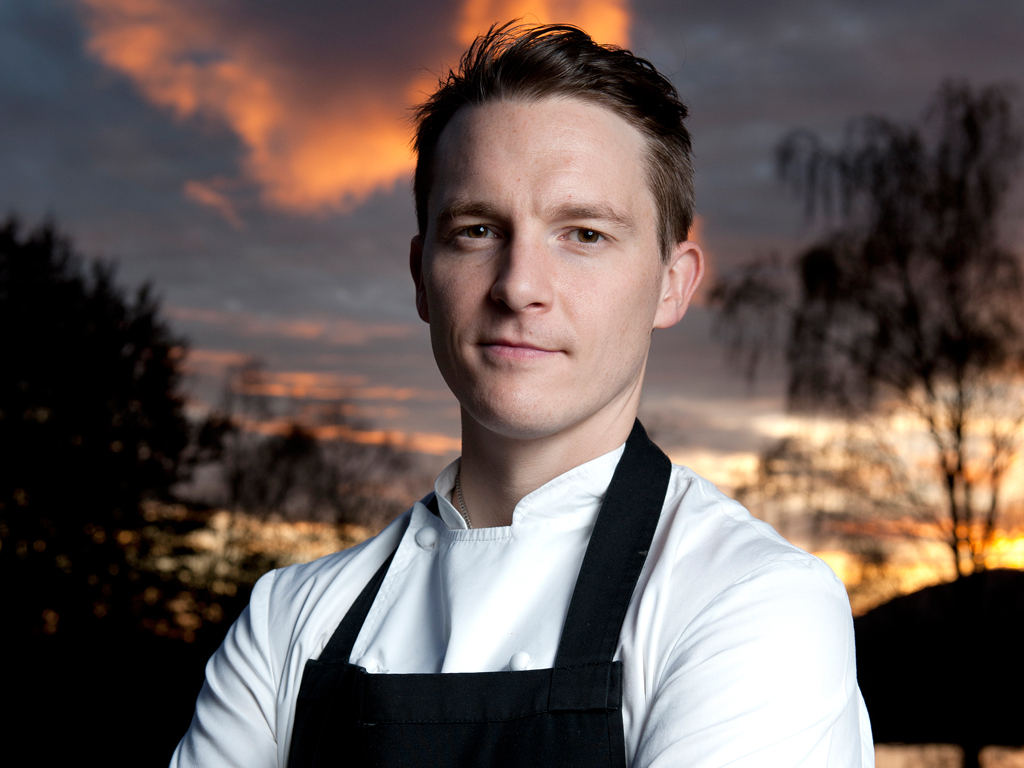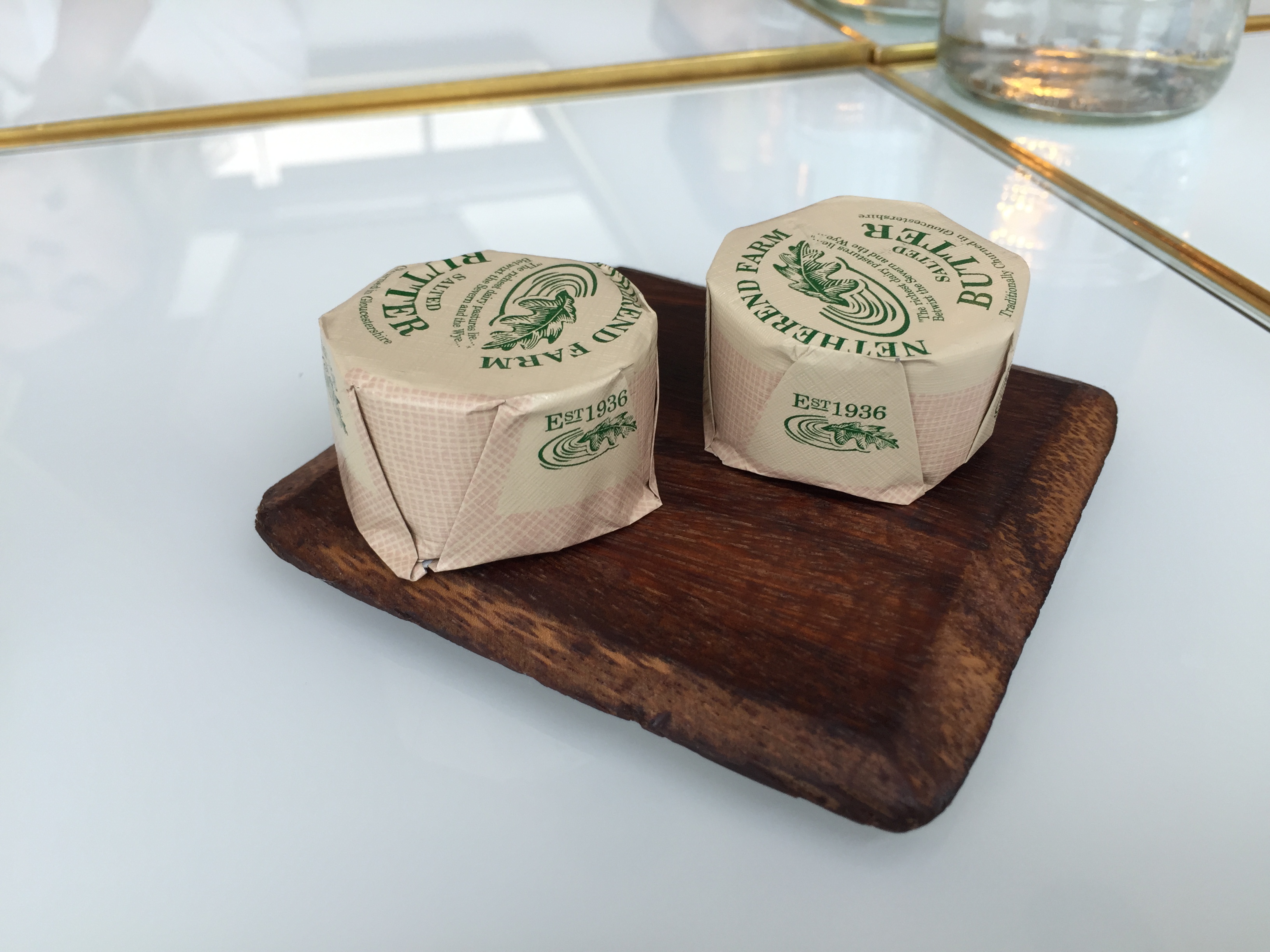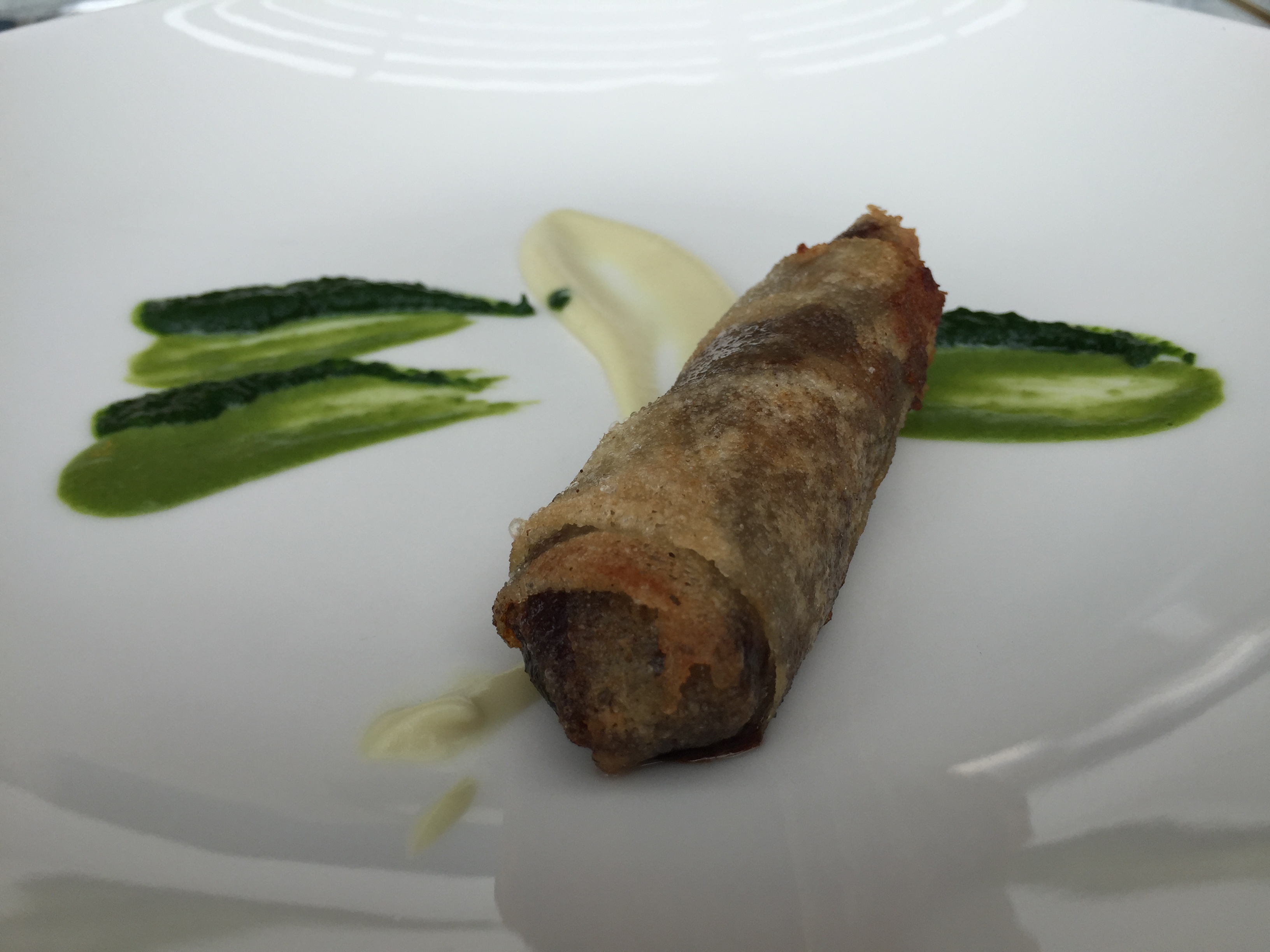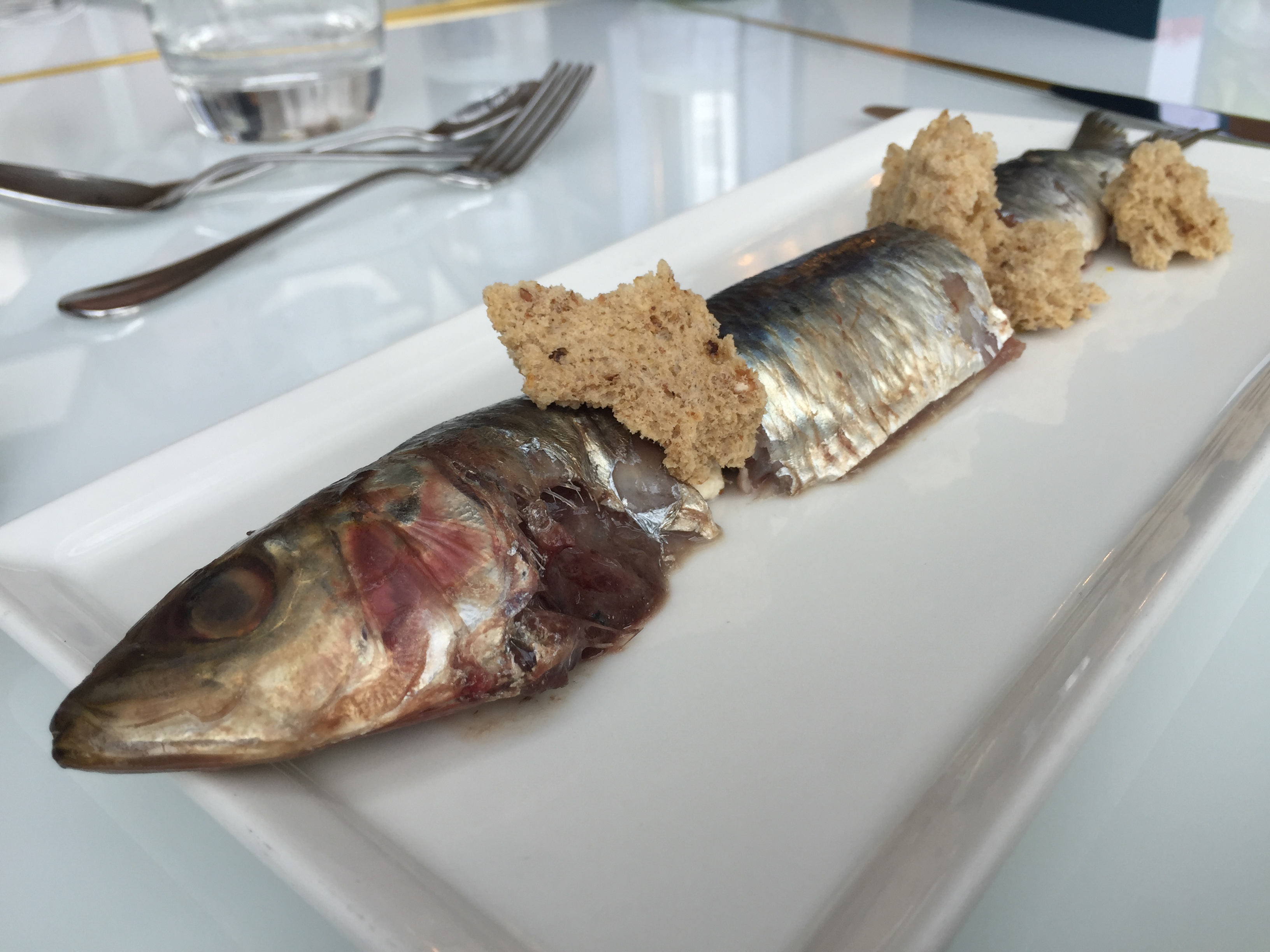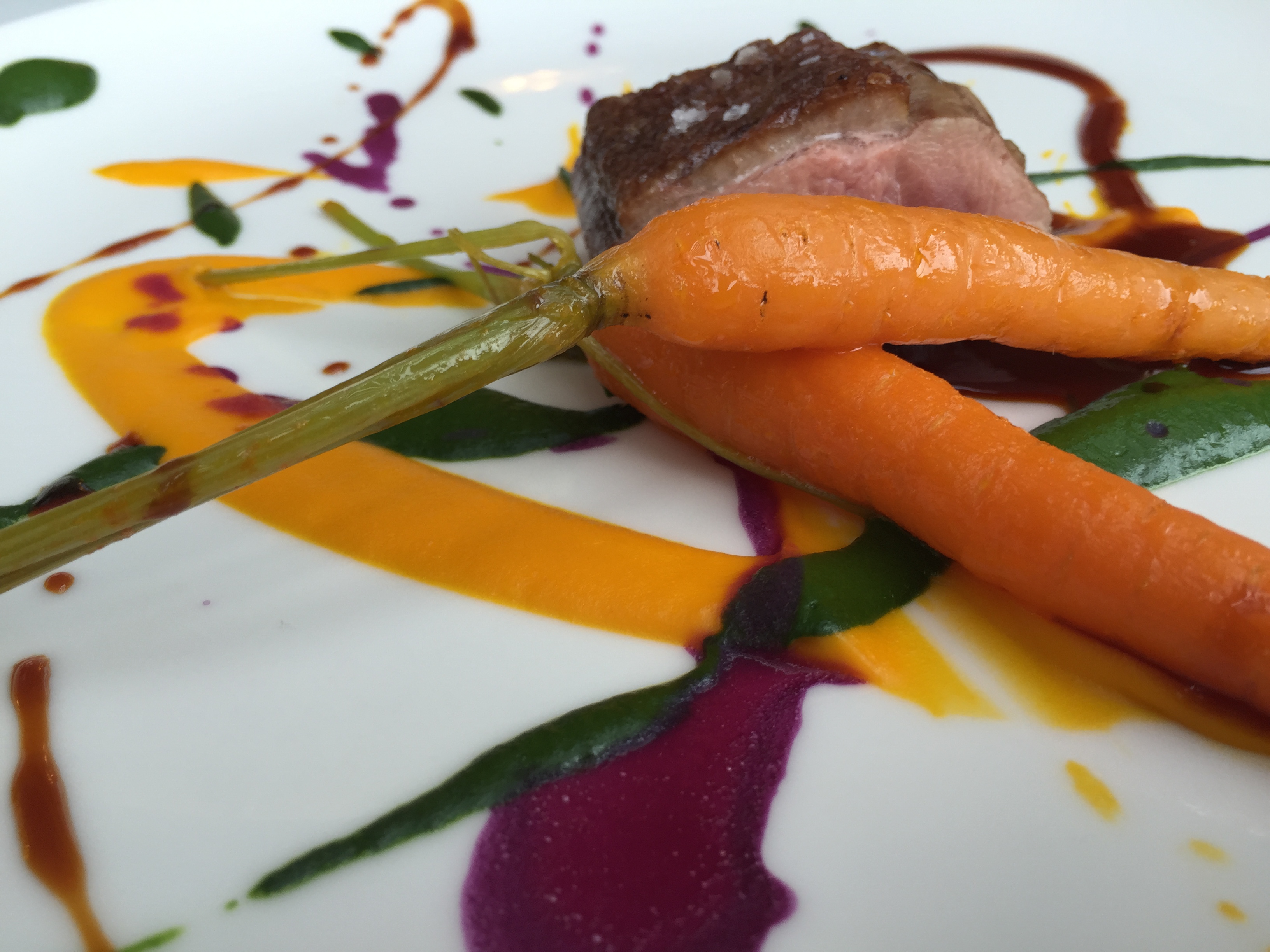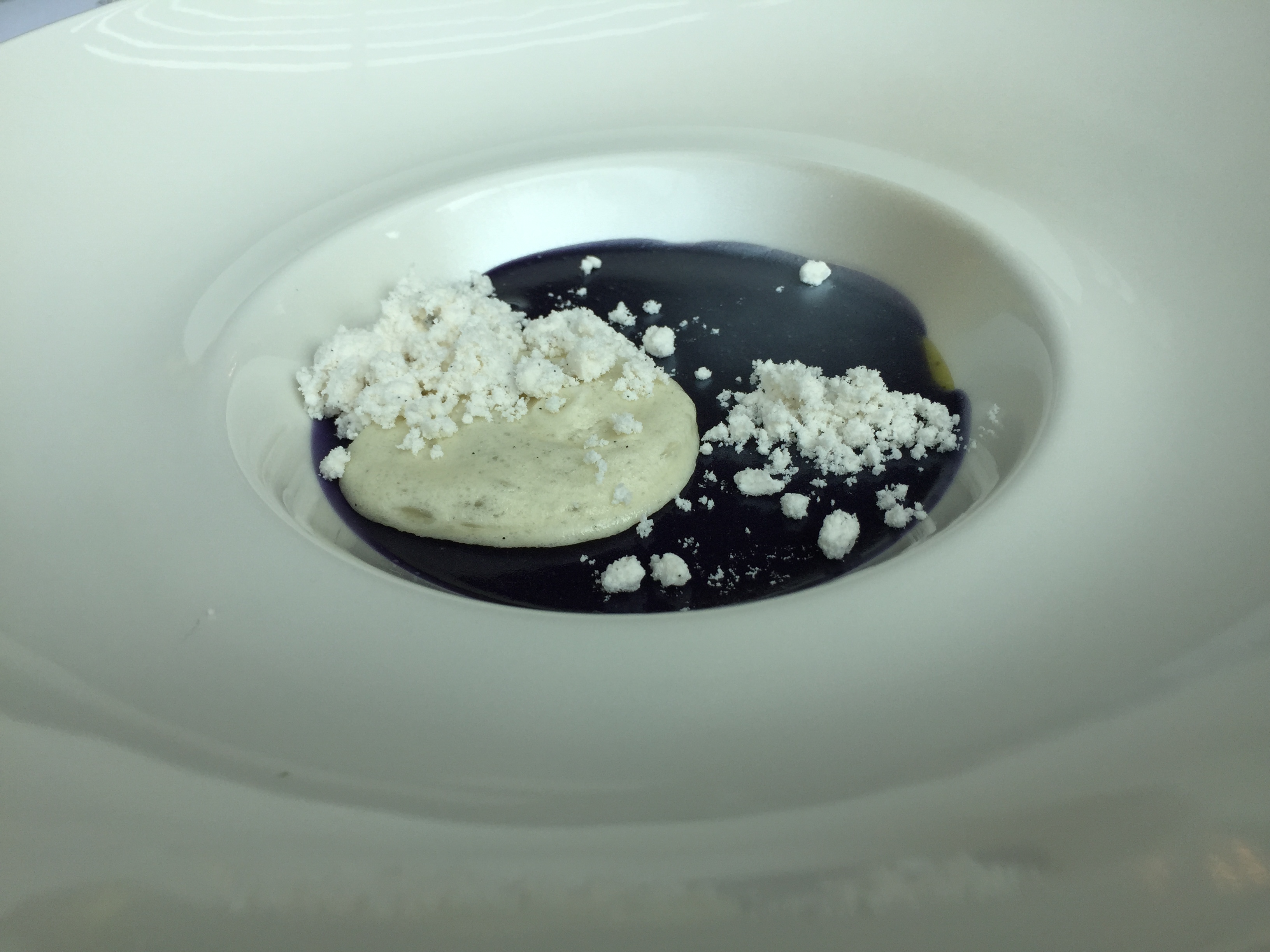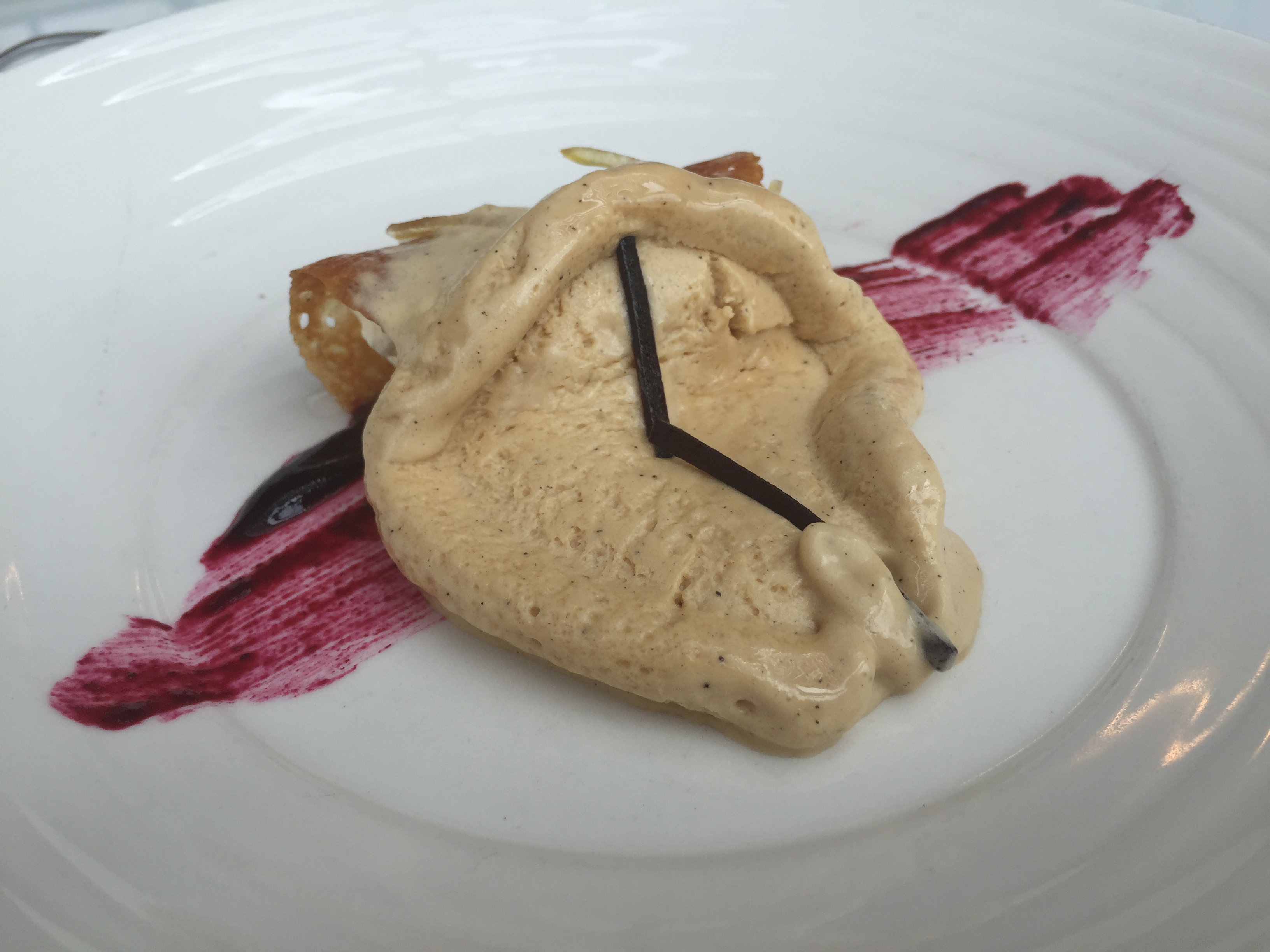When you are invited to try out Ian Swinson’s (head chef at The Samling) Michelin Star level food in the lovely setting of the Fourth Floor Café at Harvey Nichols, you don’t really have any other choice but to say yes!
With Harvey Nichols currently enjoying a focus on the avant-garde and celebrating The Art of Style this month, the foodies of Leeds are in for a treat as, for two days only, Ian Swinson hits the city!
Whilst the majority of the September celebrations have focused on fashion, Ian has been invited back after the success of his collaboration with Harvey Nicks last year. He was given the rather challenging brief of turning avant-garde art into Michelin starred food, a challenge that Ian not only relished but in my opinion excelled at.
Despite normally cooking for a maximum of 20 covers at The Samling, Ian has managed to create a distinctive, on brief and excellent menu that is on offer for the 50 lucky diners each night. This experimental menu manages to show a great level of creativity when it comes to not only portraying the pictures through his food but also managing to keep this tasting menu coherent. It is also light, so you won’t find yourself bloated at the end of the menu!
Anyway, enough of the preamble… onto the food and drink!
Starting off with a lovely light, refreshing and beautiful non-alcoholic cocktail, we were then presented with some warm, fresh bread accompanied by some real butter (no Flora here!). At our press launch, Ian explained that while he had on some occasions attempted to replicate the pictures he was inspired by, one or two of the dishes were more likely to be his own interpretation of the paintings or the ideas behind them. Suffice to say, all of us sitting down to eat the food were very excited at this point and were unsure as to quite how this was all going to come together!
Following the standard ideas of a tasting menu, the first dish to come out was inspired by Orange, Red Yellow by Mark Rothko. For those of you familiar with this painting, you will know that it was sold in 2012 for over $80 million and so, in its way, for me this dish needed to replicate some of the excess and richness of the painting to honour its recent history. The dish itself looked fantastic, with the colours of the painting shining through. It worked as an excellent pre-starter (perhaps too big to be an amuse bouche) and may even have made me a squid convert! With the risotto packing a real flavour punch (the saffron wasn’t overpowering and the chorizo balanced the dish), it was a real winner for me.
The second dish to appear was inspired by a real national (and local for Yorkshire folk!) treasure: David Hockney. With inspiration taken from More Felled Trees on Woldgate, the dish itself focused on a real flavour punch rather than trying to replicate the artwork exactly. Using ingredients that only an excellent chef can really work with (snail and oxtail), the cigar was actually a wonderful near spring roll styled flavour roll. With the crunch of the outside contrasting wonderfully with the amazing garlic and parsley sauce (the garlic itself was divine in its own right), this dish was a dish for diners and not one where you had to be a foodie critic to enjoy it.
Following an excellent start to the menu, Ian clearly had found himself wanting to show off his creative, bold side and so set up a real talking point with the fish course. Inspired by Damien Hirst and his The Physical Impossibility of Death in the mind of Someone Living, it was always likely that this dish was going to be a bit of a shock and awe one given the original divisive nature of Hirst’s work. For me, the fact that Ian had chosen to use sardine (a fish I would love to see more of on menus) and was bold enough to present it whole (well, whole in three parts!) and water bath it to give it a soft texture was a nod to foodies (and perhaps his fellow chefs) that this menu while not his usual fare, is one he has taken very seriously.
Of course the fish was hit and miss at the table, with some diners deciding that the fish head was off-putting. Others were just not convinced by sardine. Then there was me and one or two others who found the fish to be a divine treat! Sure, the toast was perhaps a bit tricky to eat and yes, the sardine might have been a bit larger than the tasting menu needed (damn nature producing big fish eh!) but the concept and idea were matched by the taste here. This was an excellent dish, complemented very well by the radish sauerkraut and the surprise and very welcome addition of mustard. Whatever you think of the food, the dish will leave you all talking about it!
Of course, with a tasting menu, meat follows fish just as night follows day. Sounding very ‘plain’, described as only ‘Duck, carrot, spinach’, this is a dish that is visually stunning and had a real melt in the mouth texture. Inspired by No. 8, by Jackson Pollock, this was a dish that is about as impressionist as they come. The dish managed to recreate the colour of the artwork while also managing to show some of the brilliance of The Samling and its focus on trying to produce some of its own ingredients. The picture below really shows the dish far better than I can try to describe, but I can say that the carrots grown at The Samling are wonderful, the duck is tender and well cooked and the colour smears are actually flavour bursts that work together to create a rich but not too heavy dish.
Following our meat dish came the pre-dessert. This dish had unnerved me a little because I feel that the use of a posset in a pre-dessert could leave diners feeling too full before the main dessert. Other diners seemed to love this dessert and I must confess that Ian’s interpretation of Monet’s Vanilla Sky was truly an excellent one for foodies. In my opinion, and bear in mind the excellence of the rest of the menu, this dish was the only one I have slight doubts over regarding how it fits into a six course tasting menu. Although it tasted wonderful, the posset was still a bit filling and the milk foam (that had been hardened) didn’t add that much to the dish. Saying all that, if I was given this dessert on its own I would have had absolutely no complaints!
For our final dish, we were presented with the second most literal interpretation of a piece of artwork as Ian took on his favourite artist’s most famous piece: Melting Clocks. With the light, partially melted liquorice iced parfait looking wonderful (after being set in its specially designed mould, showing again the effort and dedication that Ian has put into this two night event) and tasting divine, it was enhanced by the stunning liquorice clock hands. The brandy snap gave a whole new texture to the dish, the cream inside it offered a nice boozy touch, and the blackcurrant offered that hint of tartness that the dish needed to be balanced. This was one of the best desserts I have ever had the pleasure of eating.
With the food done, a lovely macchiato and truffles followed as the conversation centred around how the food was presented and how inventive Ian had been in making the menu. All in all, the whole experience left me thinking two things:
- I really need to get to The Samling to try out Ian’s food again
- Harvey Nichols have created an event that really does deliver for foodies and, despite the £75 outlay required to attend, it seems a snip considering the costs involved in trying food at this level normally
We were then left with a quick chance to have a Q & A with Ian after the food. He made it clear that he wants to take lessons learned from designing this menu and bringing out the best in ingredients forward in his cooking at The Samling and that he may well (if he can give it his full attention!) be appearing on next year’s Great British Menu!
If you want to find out more about the event at Harvey Nichols have a look here and if you fancy a taste of Ian’s regular food check out The Samling (and while you’re at it, check out our review of afternoon tea at The Samling here!).
Categories: Restaurant reviews

